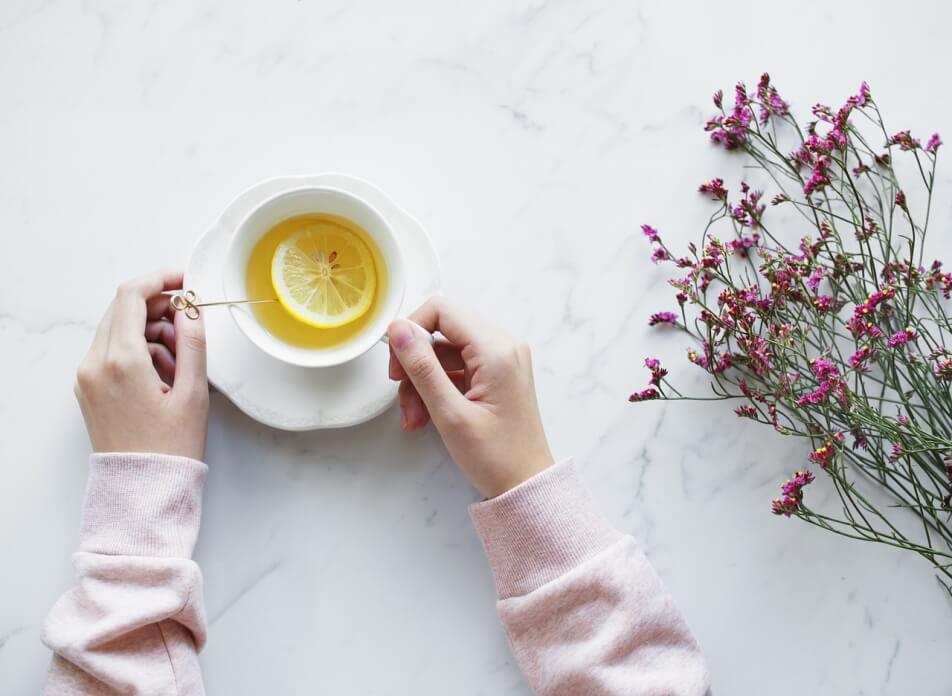
Walking into a liquor store or specialty beverage shop, the visual hierarchy becomes obvious within seconds. Certain bottles command attention and communicate quality before anyone reads a single word on the label. Others, despite potentially great products inside, get passed over because something about the packaging whispers “amateur hour.”
For new beverage brands, this poses a real challenge. Established companies have years of brand recognition and customer loyalty to lean on. Startups don’t have that luxury. The packaging has to do all the heavy lifting right from the start, creating an impression of legitimacy and quality that justifies the shelf space and the price point.
The problem is that most founders focus their early resources on perfecting the liquid itself—the recipe, the flavor profile, the ingredients. That makes sense, of course. But when it comes time to package that carefully crafted product, budget constraints often lead to compromises that undermine everything else. The result is a phenomenal beverage in packaging that doesn’t match its quality.
The Material Decision That Sets Everything Else in Motion
Container material choice sends an immediate signal about where a brand sits in the market. Plastic screams mass-market or functional. Aluminum reads as modern and accessible. Glass, particularly high-quality glass, communicates premium positioning almost automatically.
This is where working with experienced glass bottle makers becomes valuable for brands targeting the premium or craft segments. The weight, clarity, and finish of the glass itself conveys substance before customers even pick up the bottle. Thin, lightweight glass that feels flimsy in the hand contradicts any premium messaging on the label. Heavier glass with clean molding and consistent walls tells a different story entirely.
The weight consideration extends beyond perception, though. Heavier bottles cost more to ship, which cuts into margins. They’re also more expensive to produce. But for brands positioning themselves above the mid-market range, that investment pays off in shelf presence and perceived value. Customers equate physical heft with quality, even when they’re not consciously aware of making that connection.
The Shape Factor That Creates Recognition
Bottle shape deserves more strategic thought than it typically gets. Standard shapes cost less because molds already exist and production runs efficiently. Custom shapes create differentiation but require significant minimum orders and upfront tooling costs that can run into five figures.
Here’s the thing—brands don’t necessarily need fully custom bottles to stand out. Many manufacturers offer semi-custom options or modified standard shapes that provide distinctiveness without the full custom price tag. A standard bottle with an unusual punt depth, a modified neck finish, or a slightly altered shoulder angle can create enough visual difference to establish identity.
The shape also needs to make practical sense for the product category. Kombucha brands often choose taller, slimmer profiles that communicate elegance and health. Cold brew coffee tends toward stout, wider bottles that feel substantial and energizing. These aren’t arbitrary choices. They align with category expectations while finding small opportunities for differentiation.
Color Choices That Work Harder Than Expected
Glass color impacts product preservation and brand perception simultaneously. Clear glass showcases the liquid inside, which works beautifully for visually appealing products like colorful craft sodas or layered cold brew. But it offers zero UV protection, which degrades certain ingredients over time.
Amber glass provides excellent light protection, which is why it dominates craft beer and kombucha categories. The drawback is that every brand in those spaces uses amber, making differentiation harder. Green glass splits the difference—some light protection with more visual interest than amber—but it’s become strongly associated with certain beer brands, which can create unintended comparisons.
Cobalt blue, dark green, and frosted finishes create premium impressions but limit visibility of the product itself. The decision comes down to whether showing the liquid helps or hurts the brand story. A beautifully clear, vibrant juice benefits from clear glass. A wellness tonic that looks murky or medicinal might fare better in colored glass that emphasizes the packaging design instead.
Label Application Methods That Separate Professional From Homemade
The label application method might seem like a technical detail, but it dramatically affects the finished product’s polish. Pressure-sensitive labels (stickers, essentially) cost less and work well for small runs, but they can bubble, peel at edges, or collect moisture under the adhesive. They also limit certain design effects.
Shrink sleeves offer full-bottle coverage and vibrant graphics that wrap around the entire container. They look modern and allow for complex designs, but they add cost and can sometimes feel plasticky to the touch. Glass-face labeling, where the label sits directly on the glass surface, creates the cleanest, most premium appearance. It costs more and requires careful moisture management, but the result looks substantially more professional than pressure-sensitive alternatives.
For brands targeting premium shelf placement, the extra investment in proper label application prevents the “startup look” that undercuts pricing power. Retail buyers notice these details even when consumers don’t consciously process them.
The Closure That Customers Touch First
The cap or closure is the first physical interaction customers have with the product. Cheap closures feel cheap, period. They might fail functionally—stripping threads, not sealing properly, or feeling flimsy when twisted. But even when they work fine, they undermine the quality impression that everything else creates.
Cork closures signal tradition and craft, particularly for wine-adjacent products. Swing-top caps communicate artisanal quality and reusability. Screw caps have shed their low-quality reputation in wine but still read as practical rather than premium in other categories. Crown caps work for beer and certain sodas but look out of place on other beverage types.
The finish and printing on the closure matter too. A plain white cap looks unfinished. A cap that matches the label colors and includes subtle branding details feels considered and complete. These small touches compound into an overall impression of quality and attention to detail.
Making Smart Trade-Offs Without Sacrificing Perception
Not every new brand can afford every premium packaging element right from launch. The key is identifying which investments deliver the most credibility for the specific product and target market. A craft soda targeting younger consumers might prioritize label design and closure quality over glass weight. A premium spirit needs substantial glass and sophisticated labeling to justify its price point.
Starting with slightly better packaging than the budget demands often makes sense. The cost difference between adequate and impressive packaging might be $0.30 per unit, which sounds significant until compared against the wholesale price difference that premium packaging enables. Better packaging can justify a dollar or more in additional wholesale pricing, making the investment self-funding remarkably quickly.
The worst approach is launching with obvious compromises visible to retail buyers and consumers, then planning to upgrade packaging later. Rebranding carries costs and risks that almost always exceed the savings from cheaper initial packaging. Getting it right the first time, even if it means a smaller initial production run, typically proves smarter in the long term.





